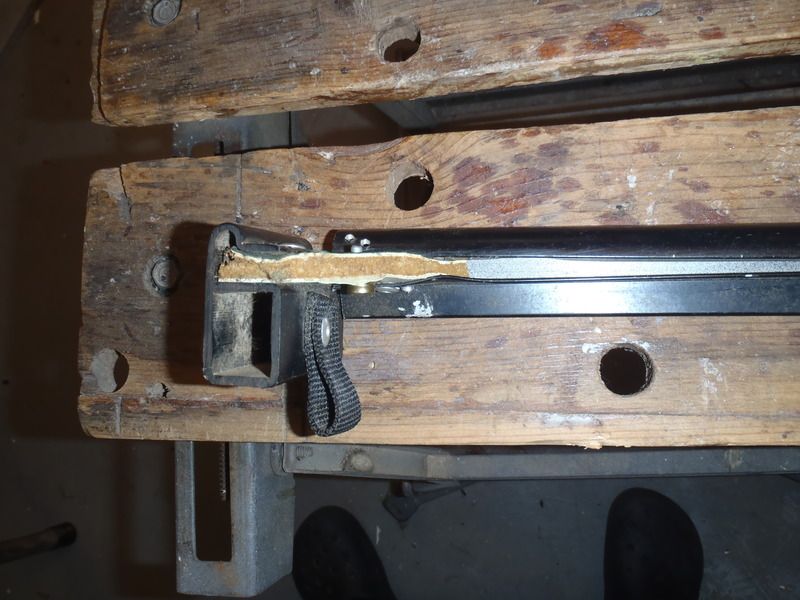Most composite canoes that come with stock wood gunwales have rabetted gunwales with a thin lip or "kerf" that covers the top of the hull. Most Royalex boats that came with wood gunwales had the gunwales "sandwiched" such that the inwales and outwales were level with the top of the hull and the intervening Royalex hull showed.
The latter method is stronger because for any given vertical height of inwale and outwale, the gunwale screw holes will not be as close to the hull edge. If you remove the gunwales from a wood-trimmed composite canoe, you will often find some of the gunwale screw holes very close to the top of the hull sheerline. You can get around this by making inwales and outwales with a taller vertical dimension to make up for the 1/8" thick kerf that extends over the hull, but they will be heavier.
If you want to do this, rabett the outwales rather than the inwales. Rabetting the inwales will reduce the thickness of the inwale to the extent that holes for mounting seats and thwarts might weaken the inwales excessively. The hull thickness of Royalex boats usually varies quite significantly being much thicker at and near the stems, thinner in the quarters, and then often somewhat thicker again amidships. When cutting your rabetts you will need to make them deep enough so that the kerf covers the thickest portions of the hull, and then trim down the kerf a bit for the thinner sections.

